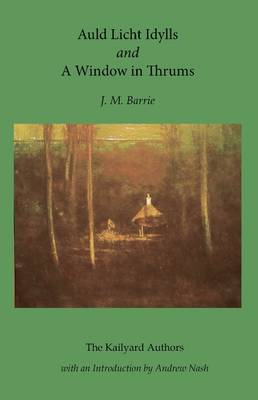The Kailyard authors
1 total work
'Thrums is the name I give here to the handful of houses jumbled together in a cup'. Barrie's sketches of Scottish life in a small town in the early nineteenth-century occupy a curious and fascinating place in the history of Scottish literature. Set in his native Kirriemuir, and based on the childhood memories of his mother, Auld Licht Idylls (1888) and A Window in Thrums (1889) have long been misleadingly understood as marking the foundations of the debilitating 'Kailyard' tradition in Scottish fiction. Yet, as new and returning readers can now recognise, the subtle mixture of irony, humour and sentiment in the presentation of the fringes and remnants (the 'thrums') of past ways of life produces a much richer and more complex evocation of the themes of memory and nostalgia than has hitherto been perceived.With an extended introduction, which traces Barrie's process of composition and discusses the literary context of the works, as well as the historical and religious background to the portrayal of the Auld Lichts, readers can appreciate to the full why these two early books by the author of Peter Pan prompted Robert Louis Stevenson to declare Barrie a 'genius', with 'the glamour of twilight' on his pen.
